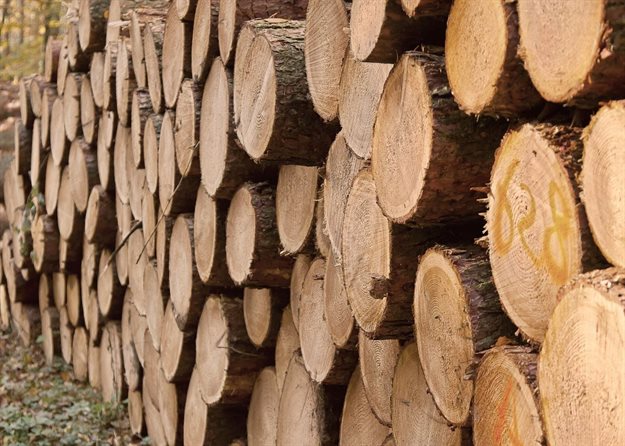
Subscribe & Follow
#AfricaMonth
In the news
Third Environmental Guidelines for Commercial Forestry Plantations revision released

The document is aimed at the commercial forestry and timber sector as a whole – from large corporate growers to small-scale growers, with the latest revision including a new chapter on climate change, greenhouse gas emissions and carbon tax as well as the latest international principles on ethical wildlife control.
Michael Peter, FSA executive director, explains why the sector requires such guidelines: “All industries that use or depend on natural resources impact the environment to some extent and the forestry industry is no different. Responsible industries should seek to mitigate the effects or impacts of our decisions, activities, products and services on the environment.”
The guidelines provide information on the certification schemes available to local growers following on from the South African Forestry Assurance Scheme’s endorsement by the global Programme for the Endorsement of Forest Certification in 2018.
Role of FSA’s environmental guidelines
These self-governing guidelines were drawn up in 2017 and are updated annually in line with environmental best management practice, South African legislation and certification scheme requirements.
The guidelines also seek to help timber growers to:
- Mitigate the impacts on stream flow reduction by removing alien and invasive species and withdrawing plantations from wetland buffer zones.
- Minimise their impacts on biodiversity by retaining or establishing ecological corridors between timber compartments and managing unplanted land to enhance biodiversity conservation.
- Reduce their impact on soil, particularly on harvested compartments and roads using timber residue on harvested compartments and proper road construction and maintenance.
Among the topics covered are: protecting conservation areas, managing fire risk, pest management; damage-causing animals, alien and invasive species and the environmental aspects of silviculture (farming of trees), harvesting, roads and housing and non-timber forest products.
The latter entails the correct integration of non-timber activities for improved financial, social and environmental benefit. These could include the incorporation of public cycling and running trails, mushroom collecting and honey harvesting in plantation areas.
Sustainable forestry makes social, economic and environmental sense
The South African forestry industry is committed to ensuring that the establishment and management of timber plantations takes place in the most socio-economically and environmentally responsible way.
Peter says, “Our natural resources must be managed in a manner that will ensure the sustainability of the forestry enterprise and the biodiverse ecosystems around it while the people on whom the industry depends are able to work safely and under acceptable conditions.”
Download the FSA’s Environmental Guidelines here.
Related
Forestry’s role in advancing South Africa’s sustainable development goals 29 Oct 2024 Braecroft Timbers receives 2024 Bushbuck Trophy for forestry management 3 Jul 2024 Sappi Karkloof Classic Trails Festival – Building a lasting legacy 23 May 2024 From trees to triumph: Forestry as a plastic pollution solution 23 Apr 2024










